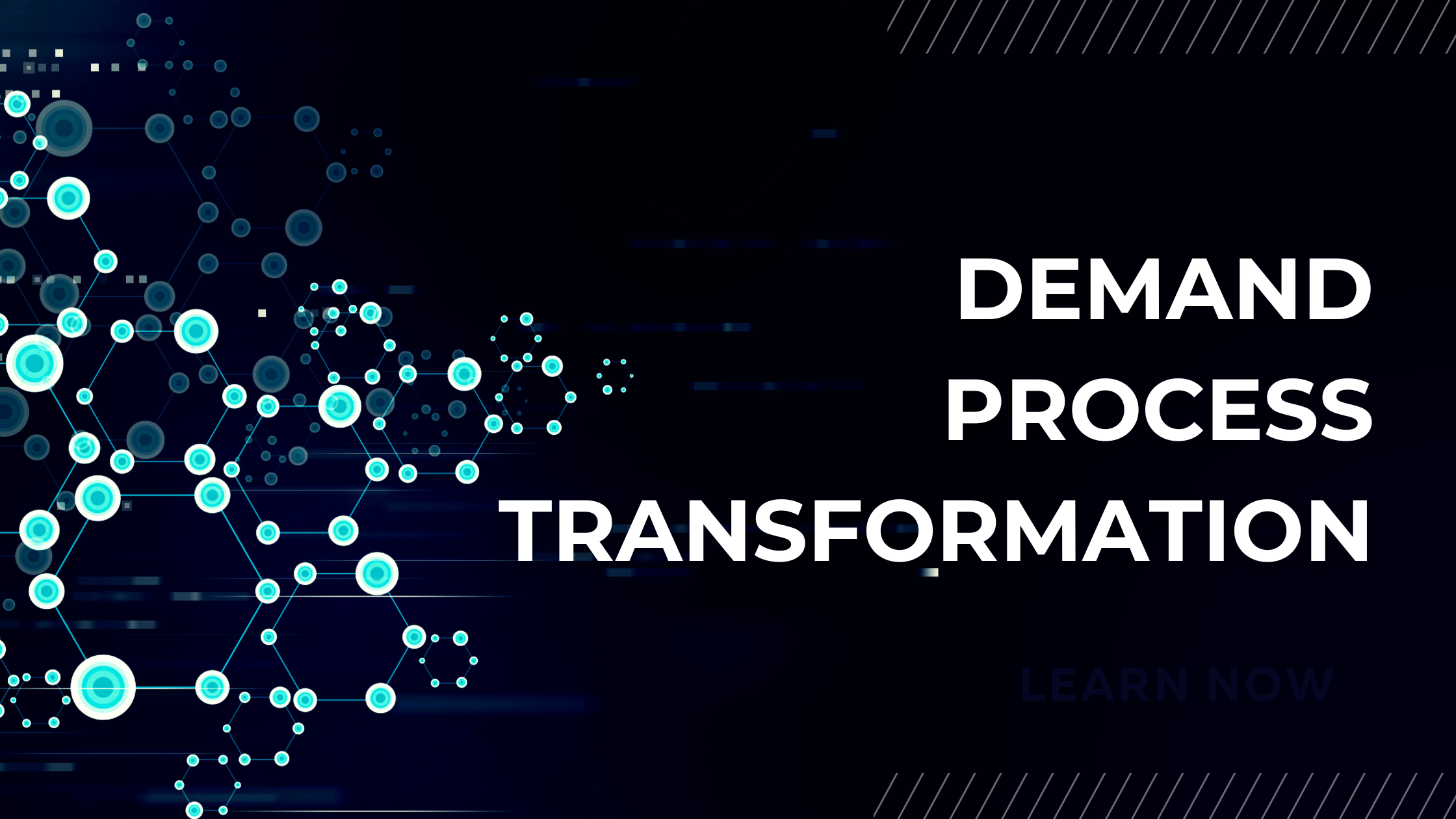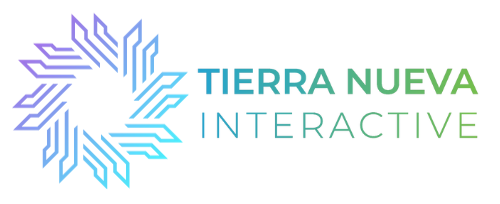Revolutionize B2B Marketing: Transforming Your Demand Process

May 26, 2023 | Written By Joseph Reynoso, TNI | Published on Tierra Nueva Interactive
In this dynamic and evolving business environment, where buyers are more informed and discerning than ever, organizations need to adapt their demand processes to stay competitive. Traditional marketing, where teams sprint from one disjointed campaign to the next will no longer work; instead, a transformative approach is required to effectively engage buyers, generate quality leads, and drive revenue. In this article, we will explore the key steps to optimize the demand process in B2B marketing, enabling businesses like yours to thrive right now.
Embrace a Buyer-Centric Mindset:
To transform the demand process, B2B marketers must shift their focus from a product-centric to a buyer-centric mindset. This involves gaining a deep understanding of the target audience, their pain points, motivations, and decision-making process. Invest in comprehensive buyer research, conduct interviews, surveys, and leverage data analytics to identify key insights. By aligning marketing efforts with your buyers preferences and needs, organizations can deliver personalized experiences that resonate with their target audience. This is what we call changing the mindset. You don’t actually need 500 MQLS this quarter. What you likely need are 75 sales accepted opportunities that predictably move through your pipeline.
Develop a Comprehensive Buyer Journey Map:
Mapping out the buyer journey is crucial for optimizing the demand process. Start by identifying touchpoints across various stages of the buyer's journey, from awareness to consideration and decision-making. Create detailed buyer personas to understand the unique challenges and objectives at each stage. By doing so, marketers can tailor their messaging and content to address specific pain points, thereby building trust and establishing thought leadership.
Content Marketing Excellence:
Content is the cornerstone of successful demand generation. Craft high-quality, educational, and engaging content that caters to the needs of the target audience. Develop a content strategy that aligns with the buyer journey, leveraging different formats such as blogs, whitepapers, videos, webinars, and case studies. Share valuable insights, industry trends, and solutions to position your brand as a trusted advisor. Utilize search engine optimization (SEO) techniques to enhance the discoverability of your content and attract organic traffic.
Embrace Marketing Automation:
Marketing automation platforms can significantly enhance the efficiency and effectiveness of demand generation efforts. Implement a robust marketing automation system to streamline lead nurturing, scoring, and segmentation processes. This allows for personalized and targeted communications based on buyer behavior and engagement levels. Marketing automation also enables organizations to track and measure the effectiveness of their campaigns, facilitating data-driven decision-making and continuous improvement.
Align Sales and Marketing:
Transforming the demand process necessitates close collaboration and alignment between sales and marketing teams. Foster a culture of shared goals, open communication, and joint accountability. Establish a service level agreement (SLA) that outlines lead handover processes, lead qualification criteria, and expectations. Regularly review and optimize the lead management process based on feedback from sales teams. This collaboration ensures a seamless transition from marketing-generated leads to the sales pipeline, maximizing conversions and revenue.
Harness the Power of Personalization:
Personalization is key to capturing and retaining buyer interest. Leverage data analytics and automation tools to deliver personalized experiences at scale. Tailor messaging, content, and offers based on buyer preferences, behavior, and demographics. Implement dynamic website personalization, where content is dynamically adjusted based on visitor attributes and actions. Employ account-based marketing (ABM) strategies to target high-value accounts with customized campaigns. Personalization builds trust, enhances engagement, and drives higher conversion rates.
In short, revolutionizing the demand process in B2B marketing is essential for organizations to thrive in a rapidly evolving digital landscape. By adopting a buyer-centric mindset, mapping the buyer journey, delivering high-quality content, embracing marketing automation, aligning sales and marketing efforts, and leveraging personalization, businesses can transform their demand generation strategies to attract, engage, and convert prospects into loyal customers. Embrace these steps, remain agile, and continually optimize your approach to drive the results you’re seeking. If you’d like to learn how Tierra Nueva Interactive can help you install a demand generation function at your organization, contact us today.
